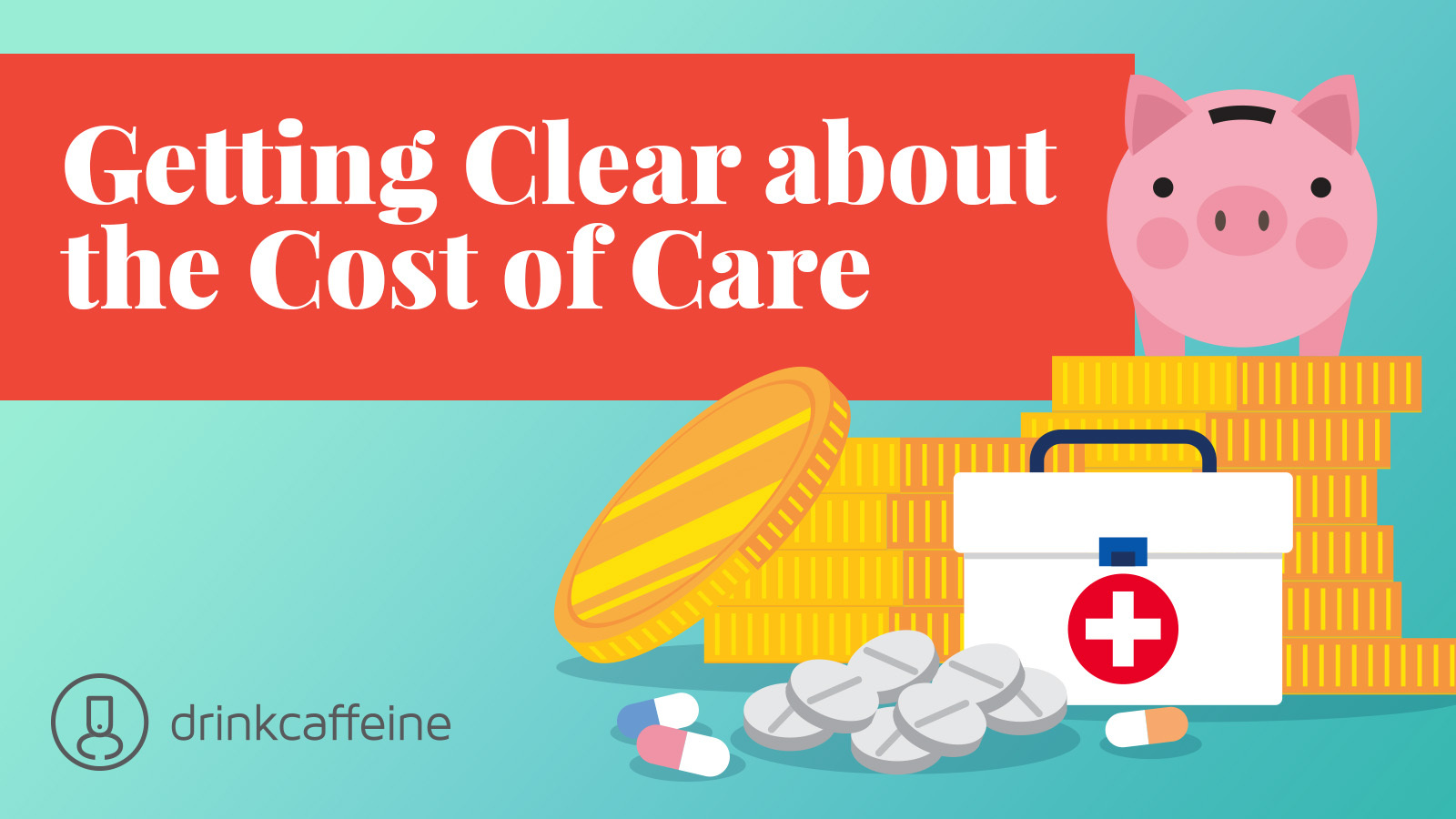When the federal government mandated that hospitals and insurers post their prices online (back in Jan 2021), the industry entered a state of shock, with concerns about implementation, tracking, and bottom-line impact.
There’s some evidence that only 20-25% of hospitals are in compliance with the rule. Among the non-compliant ones, only two hospitals have been penalized.
And let’s not forget the hospitals that published their prices but used special coding to make the data invisible to Google and other search engines.

Why have hospitals been so reluctant to shine a light on prices?
To be fair, many hospitals were overwhelmed in 2021 with COVID, as a University of Minnesota study pointed out. Others were no doubt waiting to see the result of legal challenges to the rule.
At drinkcaffeine, our view is based on what we all know: hospitals and health insurers have enjoyed a special relationship within healthcare for generations, and price transparency is inconsistent with how the bottom line has been managed in the past. But that may be what makes it a good thing.

3 ways that healthcare pricing transparency is good
1. It’s where healthcare consumerism is going. Healthcare Bluebook is just one of the growing number of online tools intended to share basic cost information and help consumers understand billing, insurance, and decision-making. Insurers are also getting more open. More services like these will come.
2. It’s good for the brand. Consumers value and reward organizations they trust. They are also increasingly aware that transparency tools offered by health plans and providers are available. We think the opportunity created by price transparency is a long-term play for consumer loyalty and the brand strength that comes with it.
3. Building a better market. As StatNews reported perfectly: “Only when all hospitals post their actual, upfront prices can health care consumers benefit from choice and competition…Systemwide price transparency is required to usher in a functional, competitive market that empowers patients, employers, and unions to shop for the best care at the best prices and fight medical billing overcharges, errors, and fraud.”
Preparing for patient education
Adapting to pricing transparency won’t be easy. As one study pointed out, there are dramatic shortcomings that go with price transparency:
- Price data alone cannot fully inform a care decision.
- Without quality assessments, prices are not helpful.
- It reduces the role of the physician in guiding patient care.

Healthcare leaders should be ready to explain that price transparency is another way for patients to make informed healthcare decisions and share responsibility. Ideas like “reference pricing” – where a not-to-exceed amount for care is set – and other new cost models for care will also need to be explained.
Patient education will be essential. But that’s the cost of clarity.
When you’re ready to use evidence-based practices to solve healthcare communications problems, contact us.


